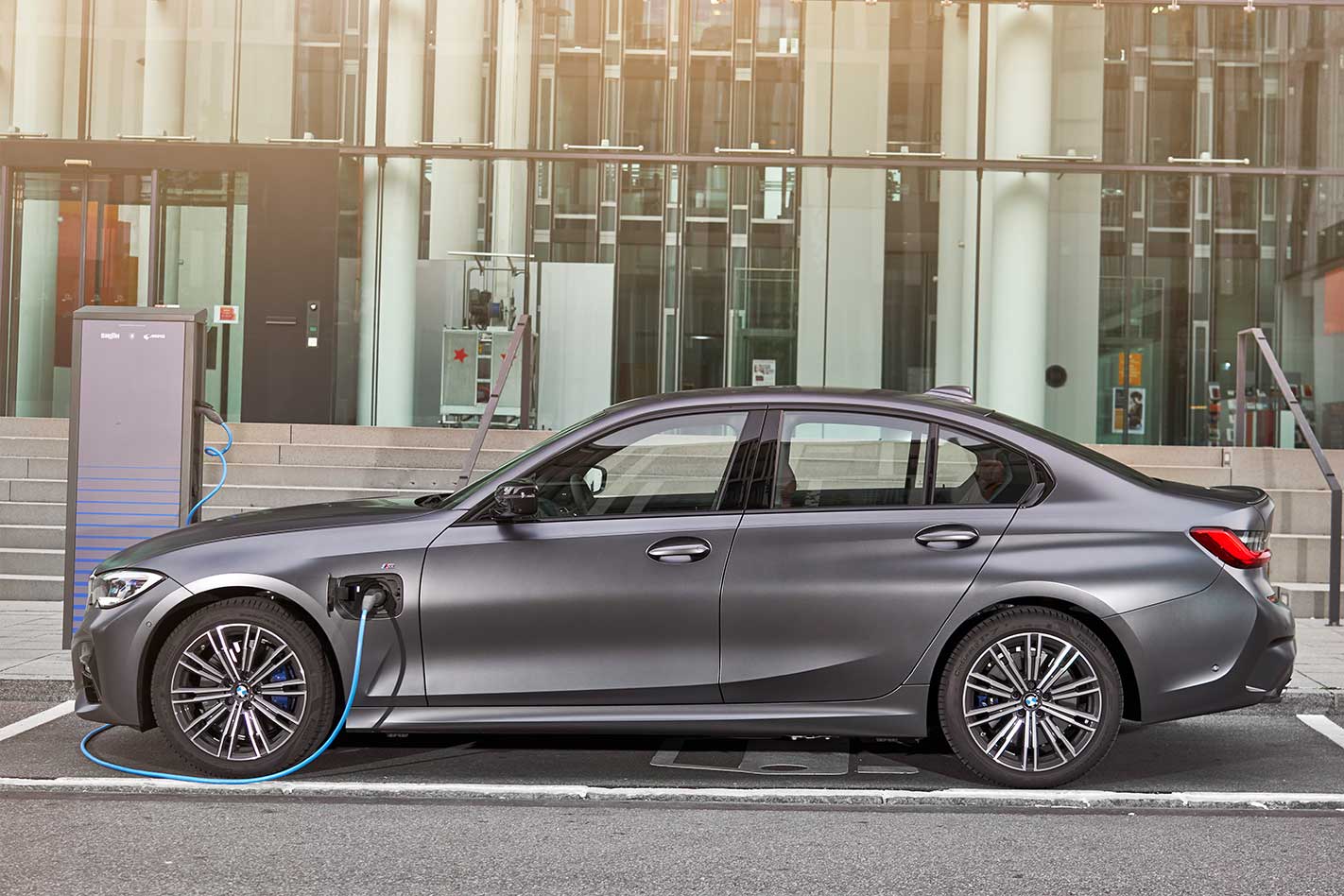Reviews

Gallery 1



This gives the 330e the ability to effectively drive itself on the highway, though constant driver inputs are required to keep the system active. However, unfortunately the calibration still needs work, particularly when merging off the main road, the lane keep aggressively trying to keep the car going on the original path.
In the vast majority of circumstances it works well, but these moments badly shake confidence in the system.Parking Assistant Plus includes not just the usual rear-view camera and parking sensors but a ‘top-down’ surround view camera and the ability to self-park where space allows.






